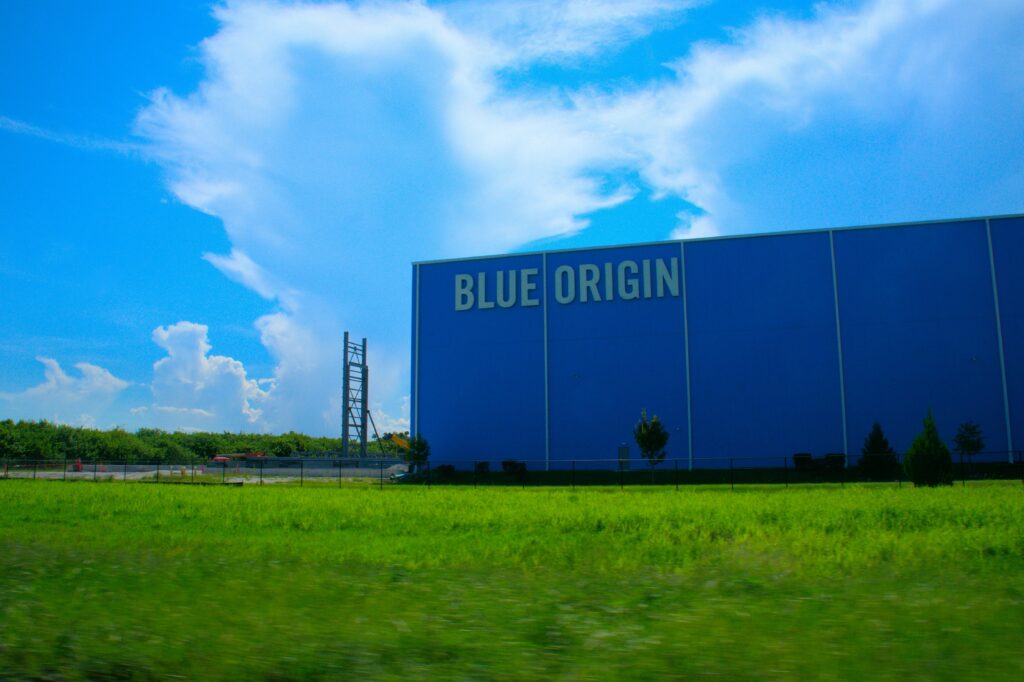A Historic Launch Amid Challenges
In the early hours of Thursday, the New Glenn rocket lifted off from Cape Canaveral, Florida, after overcoming multiple delays. Initially planned for earlier in the week, the launch faced weather disruptions and technical issues, including ice buildup in critical components. Despite these setbacks, Blue Origin successfully launched the rocket at 2:03 a.m. EST.
The primary objective was to test the second stage’s ability to reach orbit and recover the booster. While the second stage performed as expected, the booster’s descent ended unsuccessfully. CEO Dave Limp acknowledged the ambitious nature of the goal, expressing pride in reaching orbit on the first attempt. He emphasized that the experience would guide improvements for a spring launch.
What Sets New Glenn Apart?
Named after astronaut John Glenn, the New Glenn rocket stands 320 feet tall, rivaling SpaceX’s Starship in size. Designed for reuse, its first stage, powered by seven BE-4 engines, can fly up to 25 missions. The rocket carried payloads linked to Blue Ring, an innovative orbital platform central to Blue Origin’s long-term plans.
Blue Origin views Blue Ring as a cornerstone for advancing space accessibility and flexibility. Senior Vice President Paul Ebertz noted that this mission represents a crucial step toward enabling dynamic orbital operations that will benefit industries and nations alike.
Blue Origin’s Ambitions in a Competitive Space Industry
Blue Origin’s New Glenn is poised to compete directly with SpaceX, which has revolutionized spaceflight with its reusable rockets. SpaceX’s Falcon 9 and Starship dominate launches for NASA and private companies. Additionally, its Starlink constellation has already placed over 6,000 satellites in orbit, delivering global internet access.
Blue Origin plans to use New Glenn for similar missions, including deploying its Project Kuiper satellites. These satellites aim to offer high-speed internet and support other customers, including NASA and telecommunications providers. New Glenn is also slated to play a role in NASA’s Artemis program, targeting lunar exploration.
Meanwhile, Blue Origin’s smaller New Shepard rocket continues its regular suborbital missions. In October 2024, the company tested its latest NS-27 model, designed for future passenger flights. This uncrewed test demonstrated Blue Origin’s growing capability to expand human access to space.
With its successful New Glenn launch, Blue Origin has taken a significant step toward reshaping the commercial space industry. As the company refines its technology and prepares for future missions, it seeks to establish itself as a formidable rival in space exploration.


